
Rev. James D. Conley, D.D., S.T.L. | Diocese of Lincoln website
In a recent discussion, the question of how St. Michael, the Archangel, came to be recognized as a saint was explored. The conversation highlighted the concept of equivocation, which refers to using the same term for different meanings, leading to potential confusion. This is relevant in understanding the dual meaning of "saint." In one sense, a saint is anyone who is in Heaven; in another, it refers to those officially canonized by the Church.
Historically, before formal canonization processes were established in the sixth century, individuals were venerated as saints through popular acclaim among early Christians. Martyrs and other holy figures were recognized for their sanctity and believed to be in Heaven without formal declarations from church authorities.
St. Michael's veneration stems from his significant role as an intercessor and protector among early Christians. His influence led to churches being dedicated to him, notably the Michaelion constructed by Emperor Constantine. Despite not undergoing formal canonization, St. Michael is considered a saint due to his acknowledged sanctity.
Formal canonizations began with local bishops and later became centralized under papal authority with Pope Gregory IX in 1234. However, many saints recognized through popular acclaim before this process were never formally canonized but continue to be revered as saints today.
"Despite this formalization," it was noted that "the Church never went back and canonized saints who were in essence 'canonized' by popular acclaim." Figures such as St. Joseph and St. Peter are examples of those who remain venerated without official canonization procedures.
Thus, while angels like St. Michael do not undergo human processes of sainthood recognition, they are nonetheless honored within Christian tradition due to their perceived holiness and impact on believers' lives.
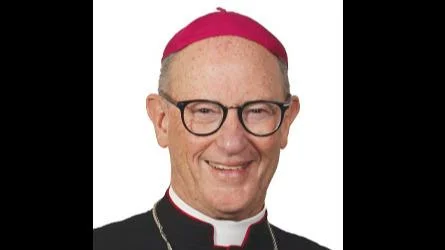

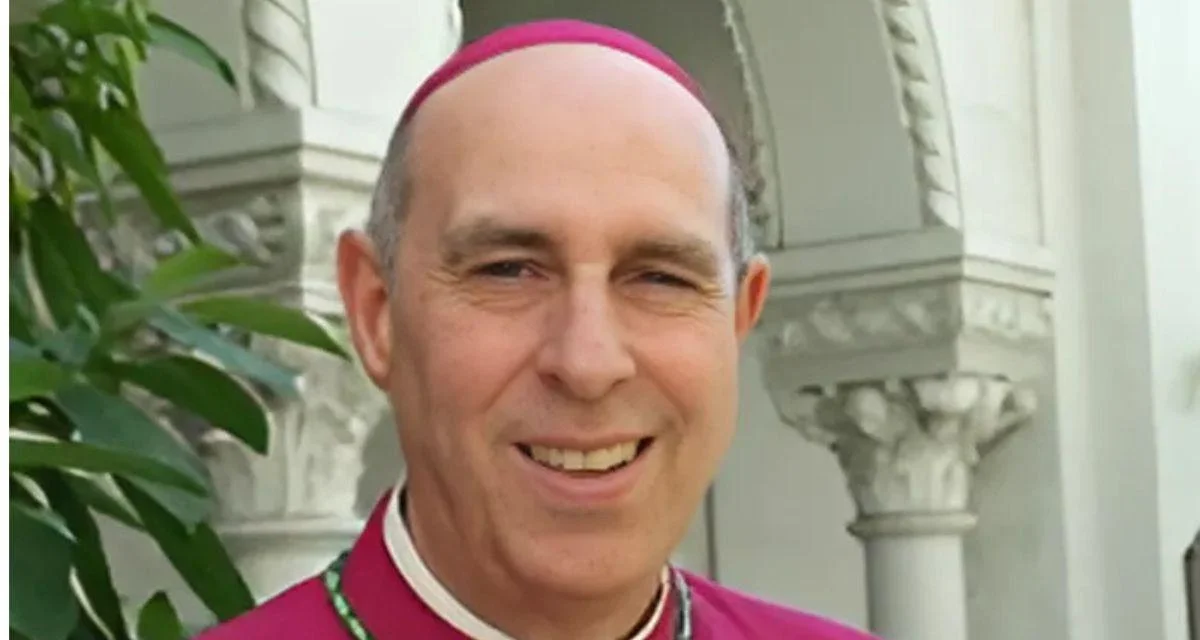
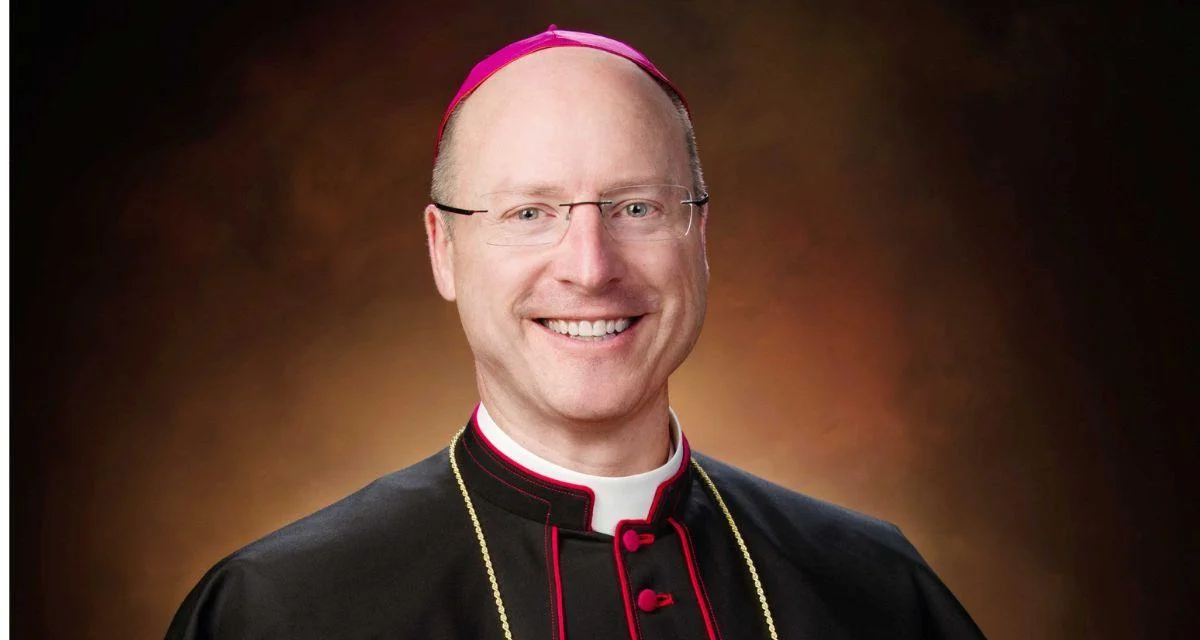
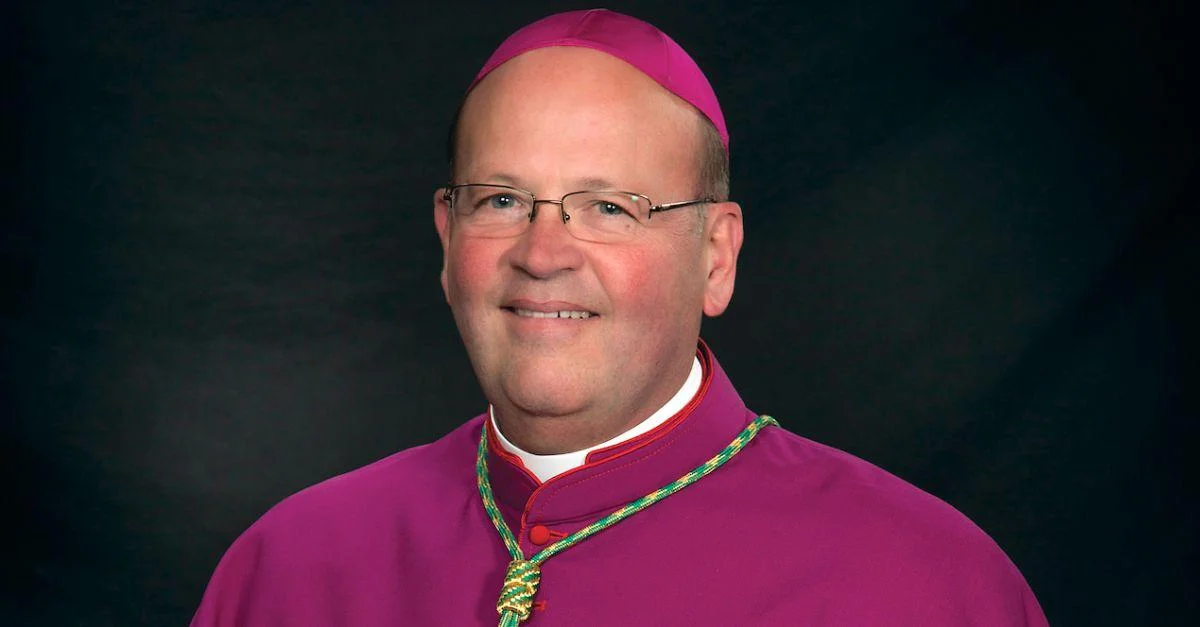
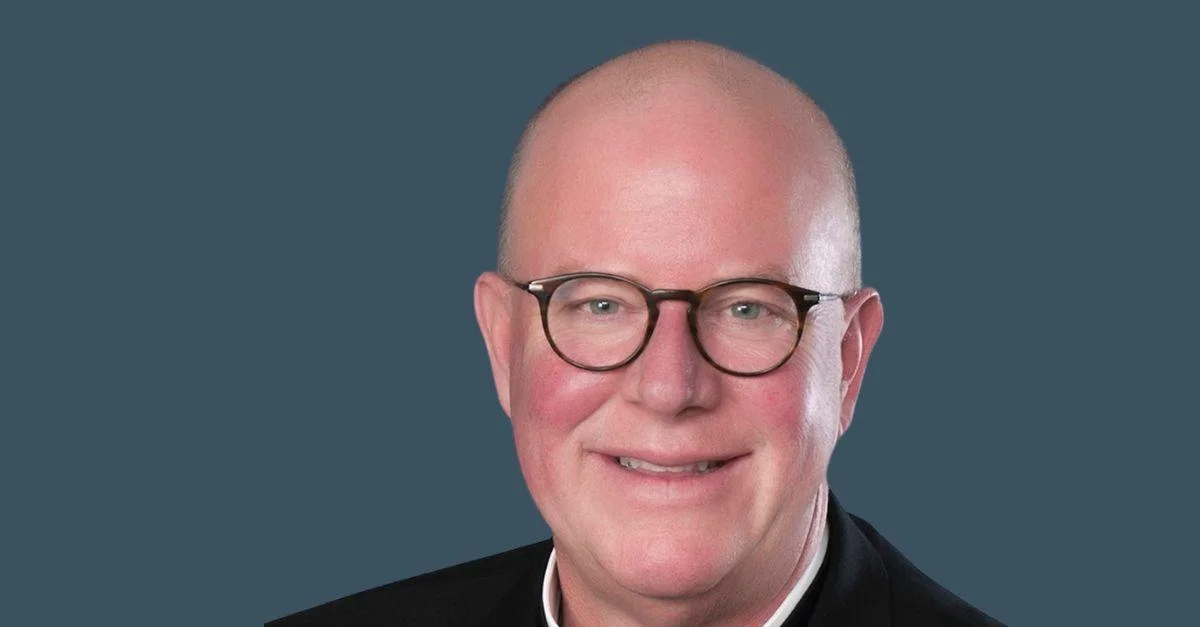
 Alerts Sign-up
Alerts Sign-up